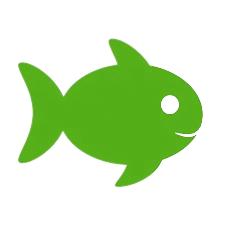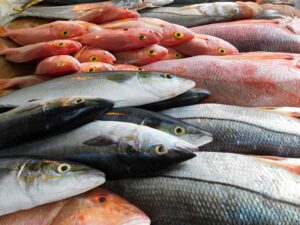Sustainable Seafood
Choosing sustainable seafood can minimize the environmental impact of fishing and ensure that ocean wildlife populations remain within favorable limits for future development.
Explore the challenges facing Norway's seafood industry, from declining consumption to supply shortages. Discover how stakeholders are adapting to ensure sustainability and growth.
Discover Ørret vs. Laks: Unveiling distinctions in size, behavior, culinary uses, and cultural significance. Explore conservation efforts and their roles in ecosystems and cuisines.
Whether you're an experienced chef or a home cook, you may have encountered debates about fresh salmon versus frozen salmon.
Explore Scandinavian culinary heritage with Hot smoked salmon, a smoked salmon delicacy. Discover its history, smoking methods, and hot vs. cold-smoked variations.
Explore the culinary significance of salmon in Japan and the Scandinavian Peninsula. Discover the stories from Japanese reverence for nature to Scandinavian adaptability.
Uncover the world of Norwegian salmon roe, known for its exquisite flavors and rich history. From sourcing to culinary delights, join us on a journey to savor this heavenly delicacy.
- Fishing & Angling
- Aquaculture
- Local Seafood
Different fishing and angling methods, such as catch quantity, tools and equipment, timing, and more, can have varying impacts on marine ecosystems and fish resources.
The aquaculture methods, such as the use of feed and medication, waste management, water management, etc., are all crucial factors in assessing sustainable seafood.
Choosing local seafood reduces transportation distance while ensuring quality and freshness, making it an important approach to support sustainable seafood.















